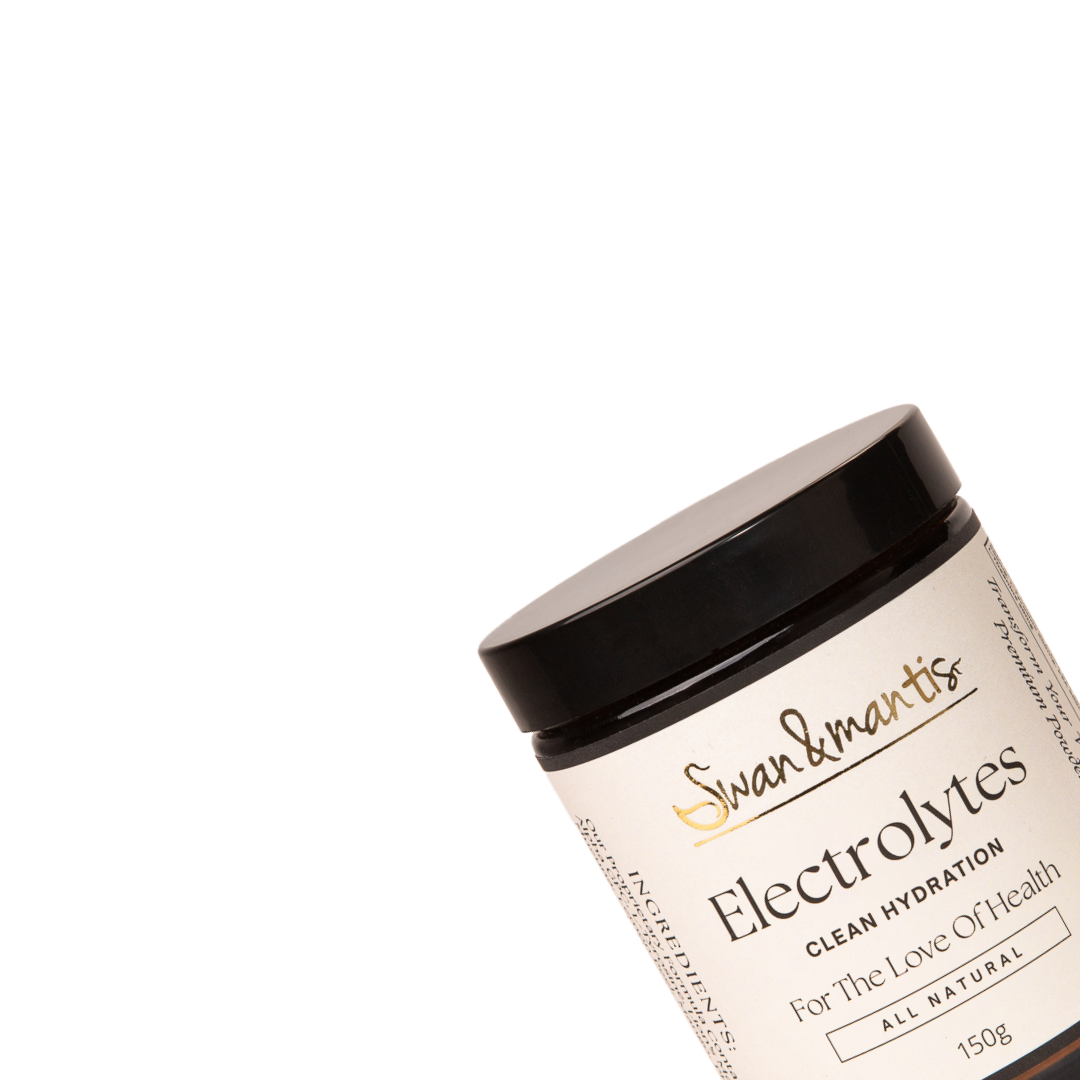Flouride in Pesticides
FLOURIDE IN PESTICIDES
Are Health Epidemics Spurred by Water Fluoridation and Pesticides?
While fluoride has been linked to a long list of health problems, two that are currently epidemic are thyroid disease and neurodegenerative diseases.
"I think the important thing is to realize that fluoride affects your endocrine system," Green warns. "... [I]n December 2006... the National Academy of Sciences... came to the unanimous conclusion that the levels of fluoride thought to be the maximum contaminant level and was safe to be in the water, weren't protective of human health at all... and that the places where you could see that very dramatically would have to do with the endocrine system."
Fluoride also calcifies your pineal gland, which can lead to a number of health problems, from precocious puberty to cancer—both of which are also burgeoning epidemics... So, what, if anything, can you do to protect your health if you suspect you're getting too much fluoride?
One early sign of over-exposure to fluoride is dental fluorosis, which typically begins as white specks on your teeth, which then progress to more unsightly yellow and brown mottling of the enamel. At the first signs of dental fluorosis, if you haven't done so already, you'll want to immediately eliminate as many sources of fluoride as possible.
But, according to Green, you also need to make sure you have certain nutrients in your system. These three will help bind the free fluoride ions, allowing it to be excreted from your body more effectively:
- Magnesium
- Calcium
- Vitamin C
A Primary Source of Fluoride: Your Food!
While toothpaste and drinking water would appear to be the leading sources of fluoride exposure, probably the most common source of exposure is actually non-organic foods! The reason for this is because of the widespread use of fluoride-based pesticides.
According to Green, non-organic food could account for as much as one-third of the average person's fluoride exposure!
This is important, as many people are under the mistaken assumption that by avoiding fluoridated water, they've eliminated the primary source of fluoride. But if you're still eating conventionally-farmed foods, your fluoride exposure is still likely very high.
"Cryolite is actually sodium aluminum fluoride... This sodium aluminum fluoride is especially effective at killing bugs," Green explains. "It's also very sticky, so when they spray it, it's more likely to stick on your produce, unless you're... really working at trying to get it off of it. As time has gone on, and... everybody said fluoridation must be really great, they ramped up the amount of residue [allowed on food] from these fluoride-based pesticides. They have petitioned the EPA to be able to allow it, and they come out with larger and larger [allowable] amounts."
Amazingly, based on the assumed safety of such fluoride-based pesticides, iceberg lettuce can now contain a whopping 180 parts per million (ppm) of fluoride—that's 180 times higher than what's recommended in drinking water!
"The assumption is that on a head of lettuce, you're going to peel off those outer layers and you're not going to eat much of that. Whether you do or not; that's up to you... Romaine lettuce and what we call leaf lettuce are allowed to have 40 ppm, with the assumption that it's down inside there and you're going to have to do more cleaning. But because it's so sticky, it's almost impossible [to wash off] unless you go back to the old ideas of the Fuller brush... produce brushes that you... scrape this stuff off with. The majority of people don't make that extra effort to be able to take it off."
Citrus fruits are allowed to be contaminated with 95 ppm's of sodium aluminum fluoride. Potatoes may have 22 ppm's on the outside and up to two ppm's on the inside. Raisins can have up to 55 ppm's. But of all the foods, grapes are perhaps one of the foremost sources of fluoride exposure.
Bet you would not have guessed that!
Grapes are a major source of fluoride because, first of all, they're heavily sprayed with cryolite, and second, white grape juice is typically used as the base, or filler juice in all sorts of juice drinks. So if you drink any kind of juice on a regular basis, you're probably getting hefty doses of cryolite, i.e. fluoride-based pesticide... Cereals, mechanically deboned meats, and black or green tea are a few other sources that may surprise you.
"Wheaties for example was measured at 10 parts per million," Green says. "Shredded Wheat: 9.4 parts per million. Why is it so high? One, they use pesticides on the grains. Two, they use [fluoridated] water... So you actually have higher concentrations than you ever found in the water where it was being made.
As for mechanically deboned meats, the source of the fluoride is the animal itself, which is exposed in the same manner as humans—through feed and water—which then comes out during the manufacturing process. Black and green teas are naturally high in fluoride, even if organically-grown without pesticides. This is because the plant readily absorbs fluoride thorough its root system, including naturally-occurring fluoride in the soil. According to Green, there are reports of people who have developed crippling skeletal fluorosis from drinking high amounts of iced tea alone.


